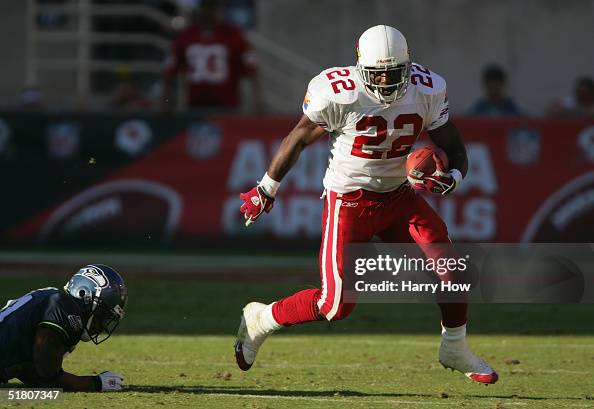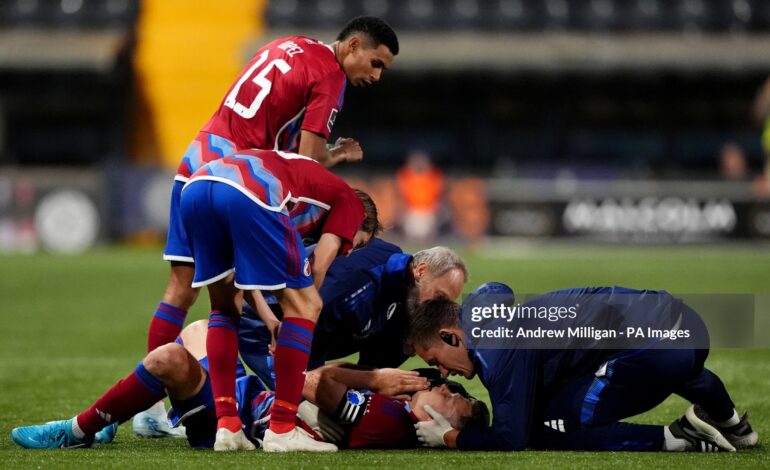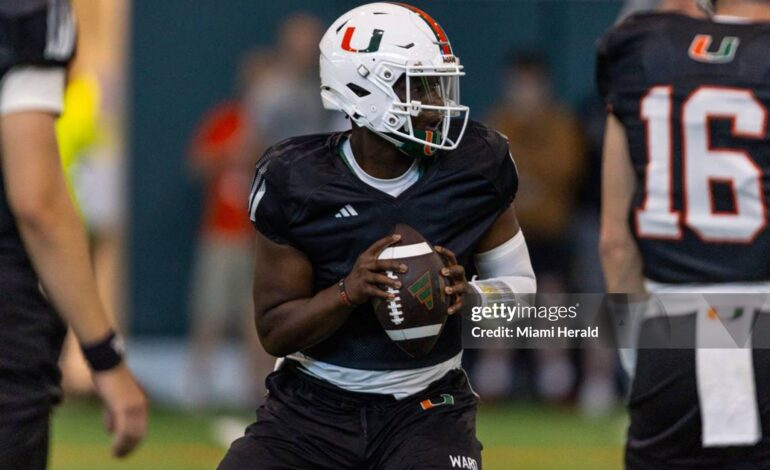When you think about the Cowboys dynasty of the 90s, a few names come to mind. You might think of the head coach Jimmy Johnson, who revolutionized both coaching and roster construction through the NFL draft. Or, you might think of guys like Troy Aikman and Michael Irvin, two of the dynasty’s main pieces. However, the player with the most impact on the Cowboys was running back Emmitt Smith. Throughout his career, Smith rushed for 18,355 yards and 164 touchdowns. Both of which are NFL records. He also racked up several awards in his 15-year career. He was an eight-time Pro Bowler, won Offensive Rookie of the Year in 1990, and won league MVP in 1993. Oh, and MVP of Super Bowl 28. This resume was good enough to earn him a spot in the Pro Football Hall of Fame.
As mentioned before, Smith was an integral part of the Cowboys dynasty in the 90s. This leads people to assume he was a Cowboy for his entire career, which would make sense considering both Aikman and Irvin were career Cowboys and had the same impact that Smith had. However, unlike those two, Smith played a few seasons outside of Dallas. That’s where our story begins.
Smith Time in the Desert

Smith’s time in Dallas ended when the Cowboys fired head coach Dave Campo at the end of the 2002 season. After going 5-11 and finishing last in the NFC East, it was time for a change. This prompted the Cowboys to hire NFL legend Bill Parcells as the new head coach.
Parcells wanted to put his imprint onto the roster. Build it to fit his system best. Part of this was getting younger at the running back position. Parcells was very candid about what was best for the roster was to go with younger options. Which, for a 33-year-old Smith, smelt bad news. He was officially released from the Cowboys on February 26, 2003. A month later he signed a two-year deal with the Arizona Cardinals. The Cardinals felt that Smith could not only make the team better but could increase interest among the fan base.
2003 Season
There were a lot of questions surrounding Smith when he arrived in Arizona. Specifically, what type of impact could a 34-year-old running back have? Especially one that had already played for 13 seasons and had taken a lot of hits. Smith quickly quieted these rumors in his debut rushing for 64 yards on 13 carries, including a 22-yard rush.
However, everyone had week five circled on their calendar. That’s when Smith would make his triumph return to Dallas. Unfortunately for Smith, it wasn’t the homecoming he was hoping for. Smith would go down with an injury in the second quarter after being hit by Cowboys safety Roy Williams. It was revealed after the game Smith had broken left shoulder blade and would miss the next six games. He ended the season appearing in ten games, rushing for only 256 yards and two touchdowns.
2004 Season
At the start of the 2004 season, Smith had to get used to another new head coach. At the end of the 2003 season, the Cardinals had fired Dave McGinnis and replaced him with Dennis Green. However unlike when Parcells took over in Dallas, Green loved the idea of having Smith. Green quickly named him his RB1. This trust in him was exactly what Smith needed to have a bounce-back season.
Smith would start in 15 games for the Cardinals in 2004. He would rush for 937 yards and nine touchdowns. Sure, these weren’t the numbers that got him into the Hall of Fame. However, they’re very similar to what he was putting up in his final few seasons in Dallas. He also made NFL history by being the oldest player to throw a touchdown pass. The Cardinals would fail to make the playoffs again, and Smith would retire from the NFL before the end of the playoffs.
Thanks for reading! If you have any players’ suggestions please drop them in the comments. Credit for my feature image goes to Otto Greule Jr. You can find more sports content at Belly Up Sports and follow me on Twitter/X.






